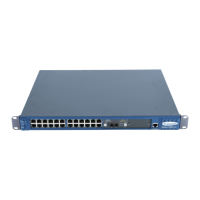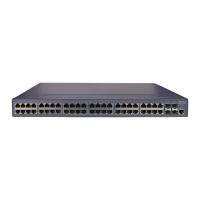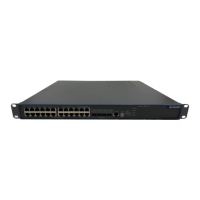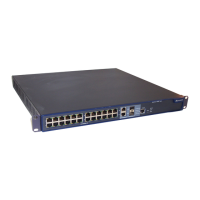Operation Manual – Routing Protocol
Quidway S3900 Series Ethernet Switches-Release 1510 Chapter 3 RIP Configuration
Huawei Technologies Proprietary
3-7
II. Configuring RIP route summary
Route summary means that different subnet routes in the same natural network
segment can be aggregated into one route with a natural mask for transmission to
another network segment. This function is used to reduce the routing traffic on the
network as well as to reduce the size of the routing table.
Route summary does not work for RIP-1. RIP-2 supports route summary. When it is
needed to advertise all subnet routes, you can disable the function for RIP-2.
Table 3-6 Configure RIP route summary
Operation Command Description
Enter system view
system-view
—
Enter RIP view
rip
—
Enable RIP-2
automatic route
summary
summary
Optional
By default, RIP-2
automatic route
summary is enabled.
III. Disabling the receiving of host routes
In some special cases, the router can receive a lot of host routes from the same
segment, and these routes are of little help in route addressing but consume a lot of
network resources. After host route receiving is disabled, a router can refuse any
incoming host routes.
Table 3-7 Disable the receiving of host route
Operation Command Description
Enter system view
system-view
—
Enter RIP view
rip
—
Disable the receiving of
host routes
undo host-route
Optional
By default, the router
receives host routes.
IV. Configuring RIP to filter incoming/outgoing routes
The route filtering function provided by a router enables you to configure
inbound/outbound filter policy by specifying an ACL or address prefix list to make RIP
filter incoming/outgoing routes. Besides, you can configure RIP to receive only the
RIP packets from a specific neighbor.

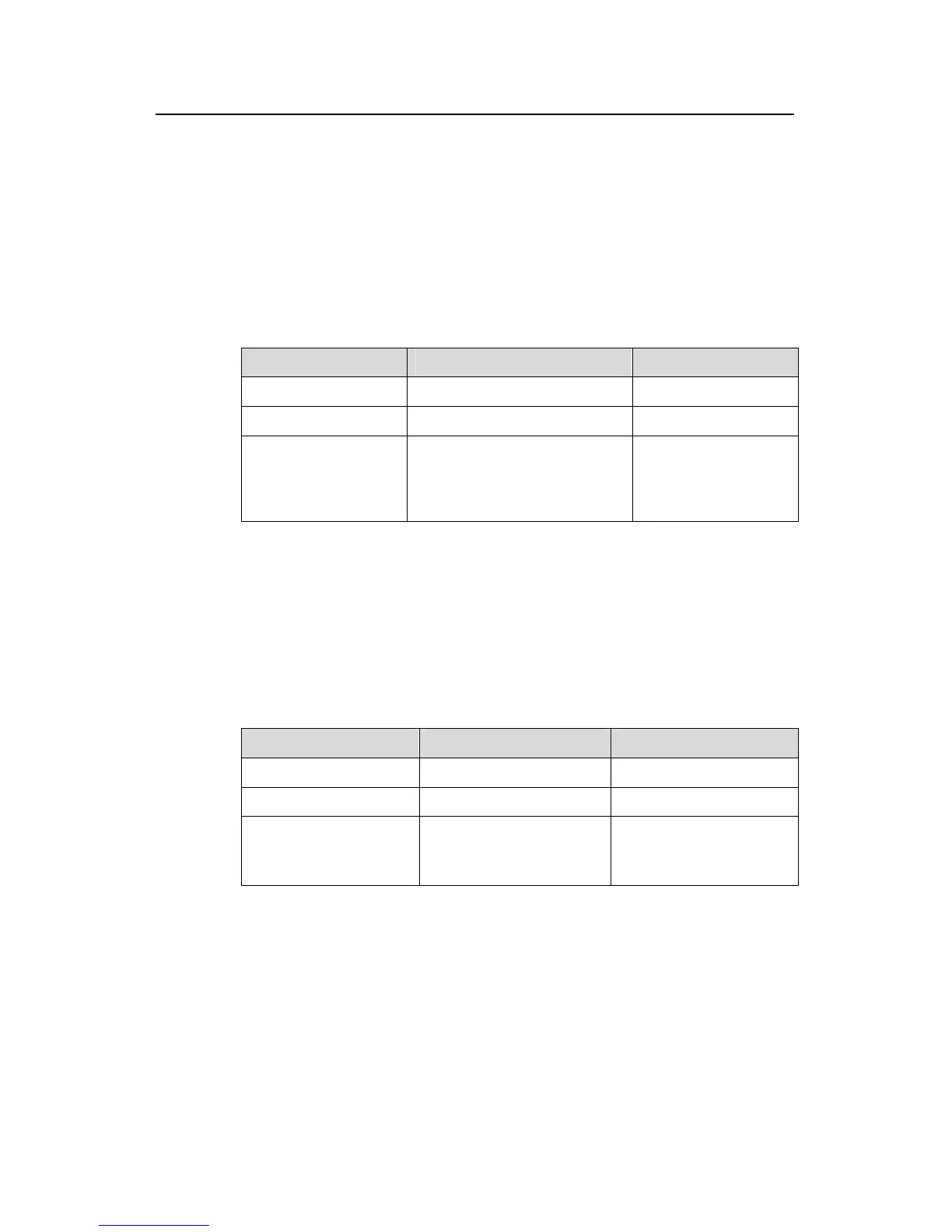